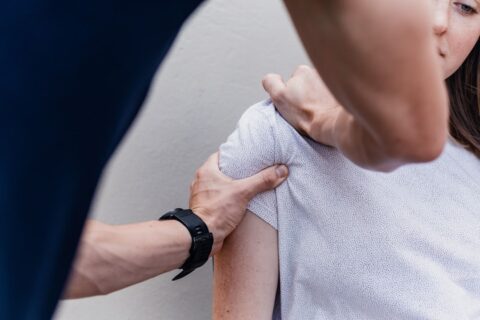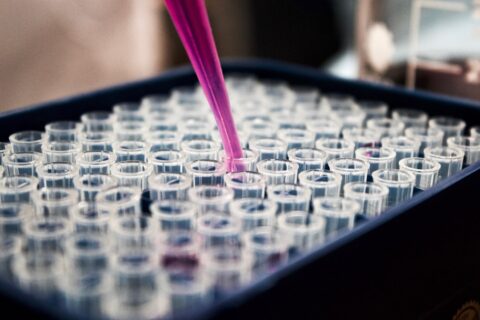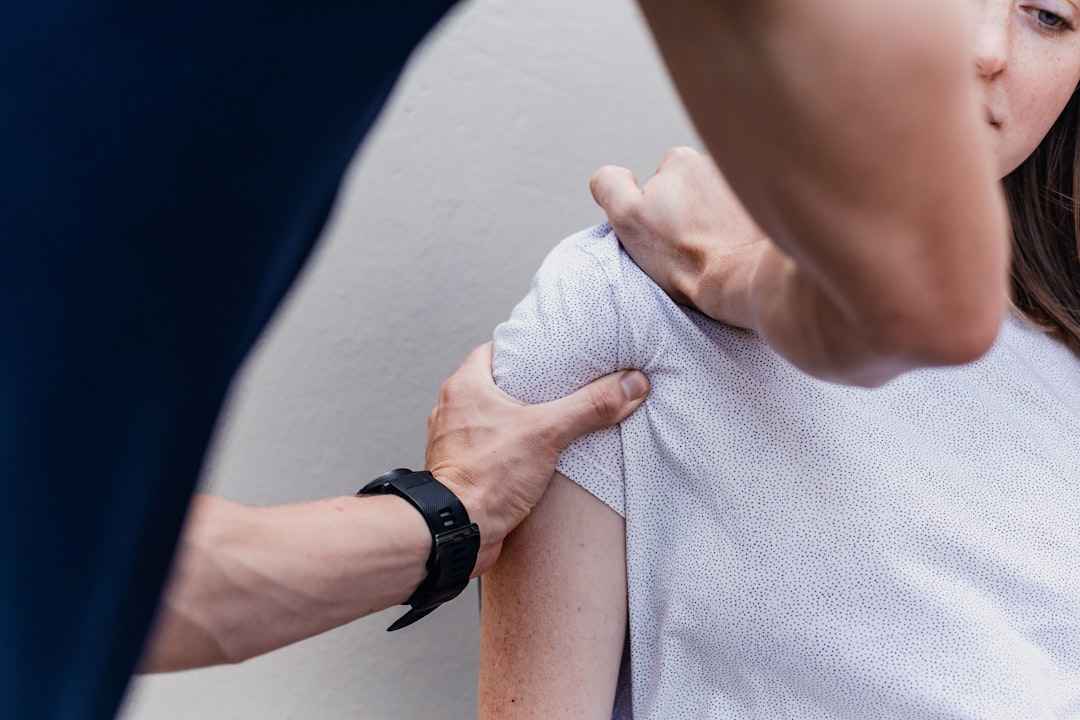Medical devices have transformed healthcare by providing accurate and timely diagnosis and treatment. As technology advances, biomedical device testing becomes increasingly vital to ensure safety and efficacy.
Biomedical device testing refers to the evaluation of medical equipment used in patient care. Such testing is critical to determine if devices operate as intended and do not pose risks to patients. The testing includes assessing design, materials, and operational functionality of devices.
The first step in biomedical device testing is to identify the purpose of the equipment. Scientists must establish clear objectives for the device and consider its intended use and patient population. This information is crucial in determining the testing methods and timelines.
The second step is to test the device for safety. The safety evaluation process includes risk assessment and identification of potential hazards. Testing ensures that problematic devices aren’t sold in the market and harm patients.
One principle of biomedical device testing is that devices must be easy to use and require minimal instructions. The user should not have to consult manuals or have a technical background to utilize the device correctly. Failure to comply with this principle can lead to device failures, misuse, and adverse events.
The testing process also includes analyzing the device’s software to ensure it meets both product design and user expectations. The software should be compatible with other medical equipment and systems to enable the seamless flow of data.
So, what happens if a device fails biomedical device testing?
When devices fail biomedical device testing, modifications are usually required. Manufacturers have to make adjustments to the design, materials, and manufacturing processes to ensure improved performance and safety. The revised devices are tested again to confirm that they meet the expected safety and functionality standards.
Biomedical device testing also helps to standardize device quality and performance. Standardization establishes product quality and further ensures the safety of patients. These tests also help manufacturers identify areas of weakness in their existing devices and establish where modifications or improvements are necessary.
Biomedical device testing is a crucial part of the medical product development process. The testing process ensures that medical devices are effective, reliable, and safe for use. A thorough risk assessment helps mitigate potential harm to patients, which is essential in the medical field.
Despite the importance of biomedical device testing, not all products undergo testing. Some devices are exempted from testing because they have been in the market for a long time with no adverse events reported. Others are classified under the Food and Drug Administration FDA low-risk category and are exempted from testing.
It is essential to note that biomedical device testing is not a one-time process. As technology advances, so do testing protocols. To guarantee safety, devices require regular assessments and modifications. Manufacturers conduct these evaluations to improve device performance, enhance safety, and meet regulatory requirements.
Biomedical device testing is a critical and necessary component of medical device development. The process ensures that medical devices are safe, reliable, and free from hazards. These evaluations determine the effectiveness of devices in treating various medical conditions. Biomedical device testing helps manufacturers improve product performance and quality, minimize risk, and produce better and safer medical devices.










